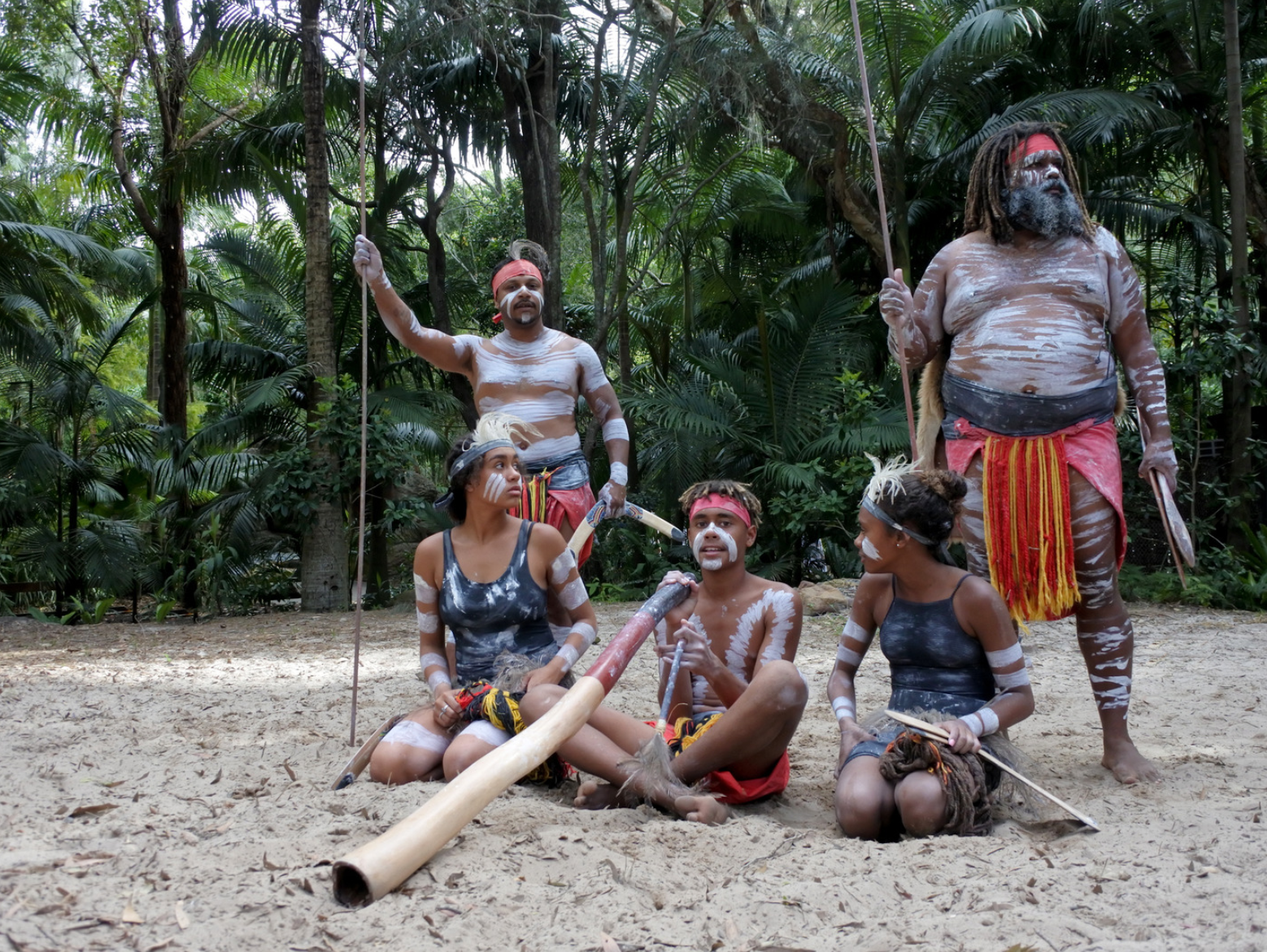Australia’s Indigenous peoples have a profound connection to the land, a deep understanding of nature’s rhythms, and a rich history of healing and wellness traditions. These ancient practices, honed over thousands of years, offer valuable insights into holistic health, spiritual well-being, and the intricate relationship between humans and their environment. In this article, we delve into Australia’s Indigenous wisdom, exploring their healing traditions, cultural practices, and the enduring relevance of their holistic approach to wellness.
The Connection to Country and Spirituality
For Australia’s Indigenous peoples, the concept of “Country” goes beyond a geographical location. It encompasses the land, the rivers, the mountains, and the sky. Country is not merely a place; it is a living entity with its own spirit, history, and significance.
This profound connection to Country forms the foundation of Indigenous spirituality and wellness traditions. It is believed that living in harmony with the land and its spirits is essential for physical, emotional, and spiritual well-being.
Dreamtime Healing and Storytelling
Central to Indigenous healing traditions is the concept of the Dreamtime, also known as the Dreaming or Jukurrpa in some Indigenous languages. The Dreamtime is a complex and interconnected belief system that encompasses creation stories, ancestral beings, and a sacred landscape that is both physical and metaphysical.
Indigenous healers, often referred to as “Ngangkari” or “Traditional Custodians,” draw upon Dreamtime stories and rituals to promote healing. These stories provide a framework for understanding the root causes of illness and suffering and offer guidance on how to restore balance and harmony.
Bush Medicine and Remedies
Bush medicine is a traditional form of Indigenous healing that relies on the use of native plants, leaves, and natural substances found in the Australian wilderness. The knowledge of bush medicine has been passed down through generations, with each community having its own unique remedies and practices.
One well-known bush medicine is the tea tree oil, derived from the leaves of the Melaleuca alternifolia tree. It has powerful antibacterial and antiseptic properties and is used to treat various skin conditions and wounds. Eucalyptus leaves are used to make inhalations for respiratory ailments, while the Kakadu plum is a rich source of vitamin C and antioxidants.
Ceremonial Healing and Dance
Ceremonial healing plays a significant role in Indigenous wellness traditions. Ceremonies are not only occasions for celebration but also opportunities to promote healing and well-being. These rituals often involve music, dance, and storytelling.
One such healing ceremony is the “corroboree.” Corroborees are public ceremonies that feature song, dance, and visual art. These ceremonies often depict Dreamtime stories and are a way for Indigenous communities to share their culture with outsiders.
The Role of Ngangkari
The Ngangkari, or Traditional Custodians, are highly respected individuals within Indigenous communities who possess deep knowledge of healing practices. They are considered spiritual guides and healers, responsible for maintaining the physical, emotional, and spiritual well-being of their community members.
Ngangkari use a combination of traditional remedies, rituals, and intuitive insights to diagnose and treat illnesses. They often work in collaboration with modern healthcare professionals to provide holistic care to Indigenous patients.
The Impact of Colonization on Indigenous Health
It is essential to acknowledge the profound impact of European colonization on Indigenous health and wellness. The introduction of new diseases, dispossession of land, forced relocation, and cultural disruption had devastating consequences for Indigenous communities.
Many Indigenous wellness traditions were suppressed or lost during the colonial period, and access to traditional healing practices was restricted. As a result, health disparities, including higher rates of chronic diseases and mental health issues, continue to affect Indigenous populations in Australia.
Efforts Toward Cultural Revival
In recent years, there has been a resurgence of interest in Indigenous healing and wellness traditions. Efforts are underway to preserve and revitalize these practices, acknowledging their importance in promoting holistic health.
Community-based programs, cultural centers, and partnerships between Indigenous communities and mainstream healthcare providers are working to reintegrate traditional healing into modern healthcare systems. These initiatives aim to address the specific health needs of Indigenous populations while respecting their cultural and spiritual beliefs.
The Holistic Approach to Wellness
What sets Indigenous healing traditions apart is their holistic approach to wellness. They recognize the interconnectedness of mind, body, spirit, and land. Healing is not merely the alleviation of physical symptoms; it is a restoration of balance and harmony within the individual and their environment.
Conclusion: A Path to Holistic Wellness
Australia’s Indigenous wisdom offers a profound understanding of holistic wellness, rooted in a deep connection to Country, spirituality, and the wisdom of the Dreamtime. These traditions remind us of the importance of treating the whole person—mind, body, and spirit—while recognizing the impact of our environment on our well-being.
As we continue to explore the rich tapestry of Indigenous healing and wellness traditions, we gain insights into alternative approaches to health that emphasize the importance of cultural respect, community support, and the interconnectedness of all living things.
Australia’s Indigenous cultures remind us that true wellness extends beyond the physical and includes emotional, spiritual, and cultural aspects. It is a reminder that healing is not just about curing ailments; it is about restoring balance, harmony, and connection to the land and one another. In embracing these traditions, we honor the enduring wisdom of Australia’s First Nations peoples and their timeless journey toward wellness.





